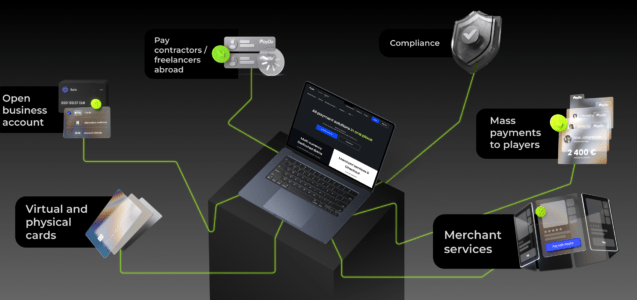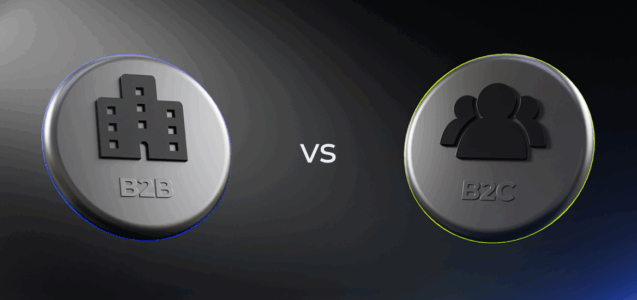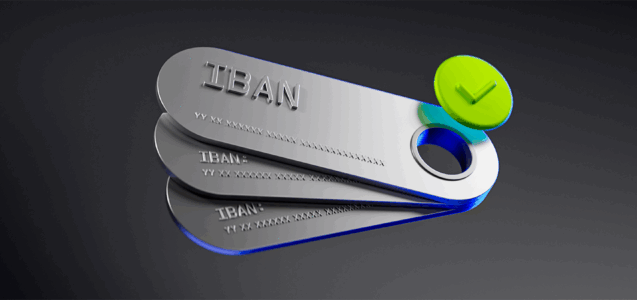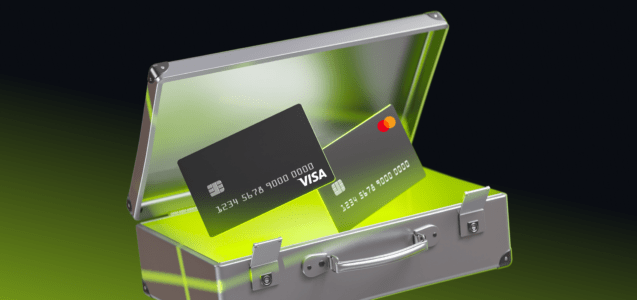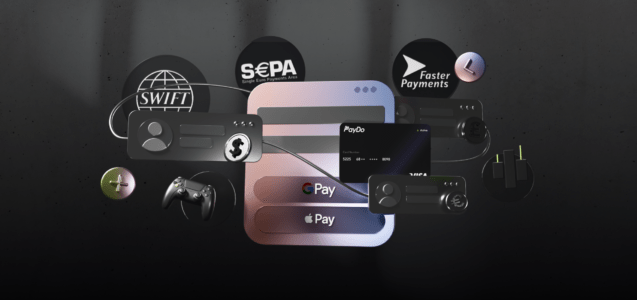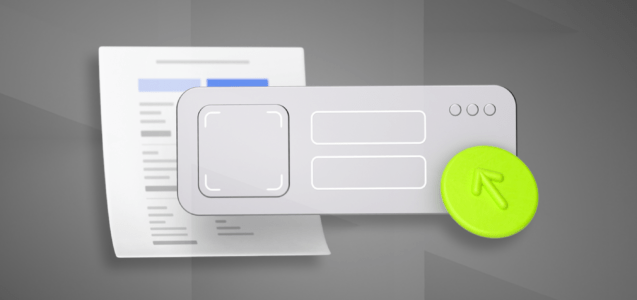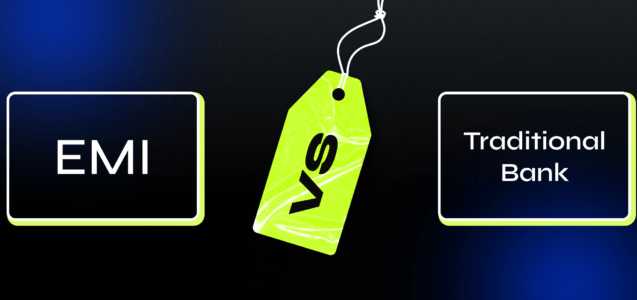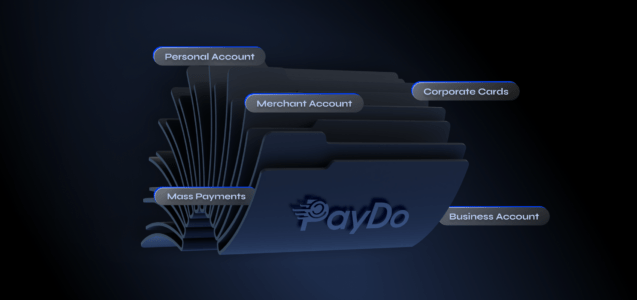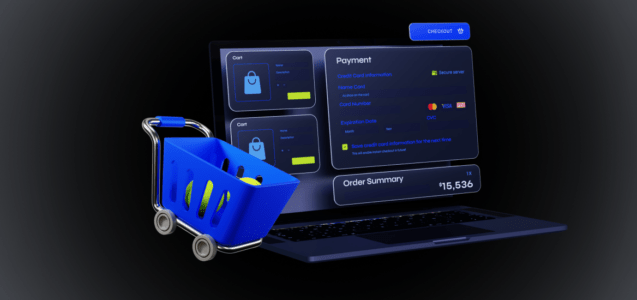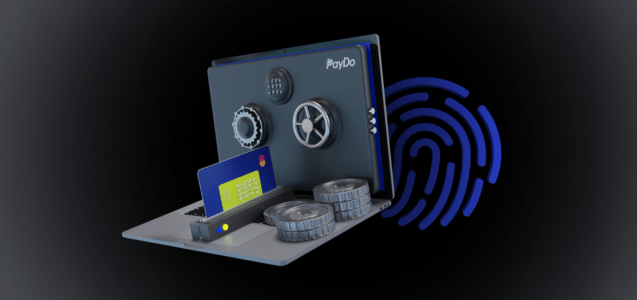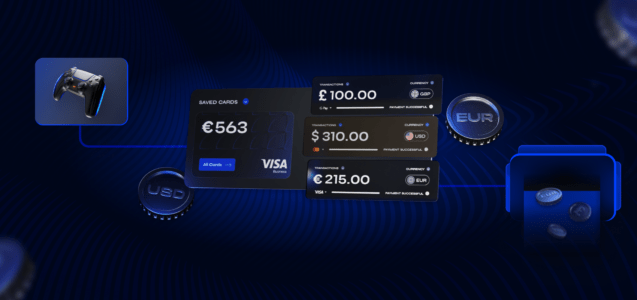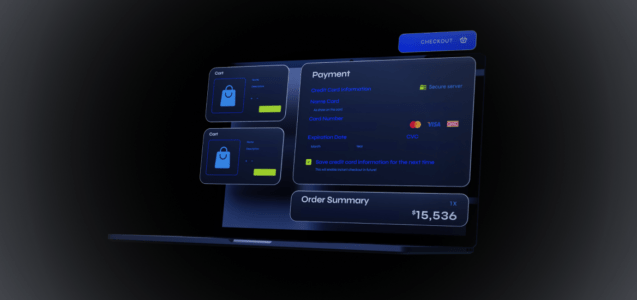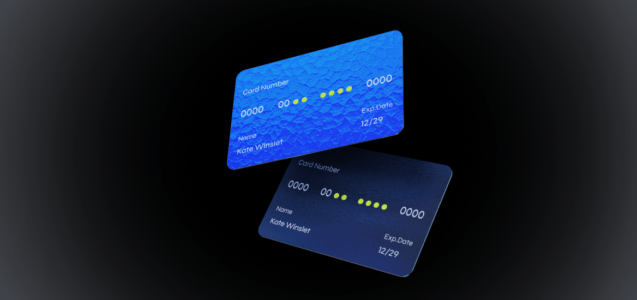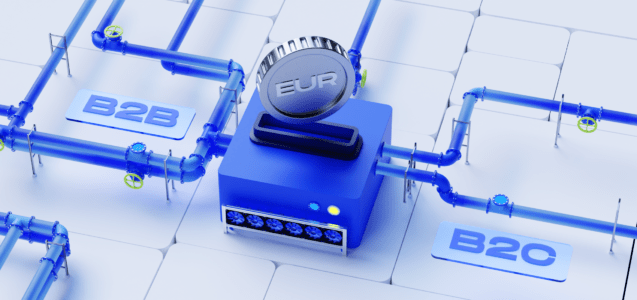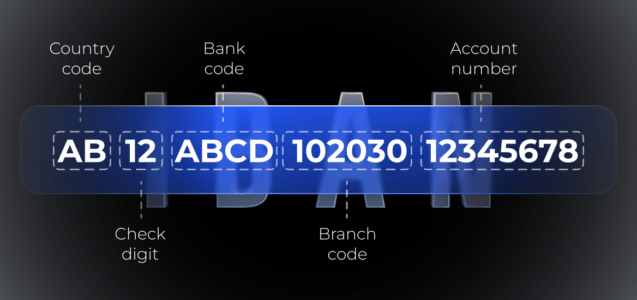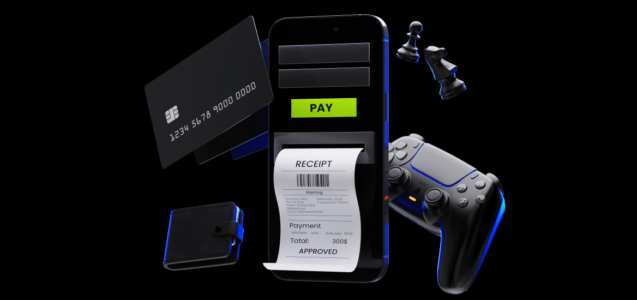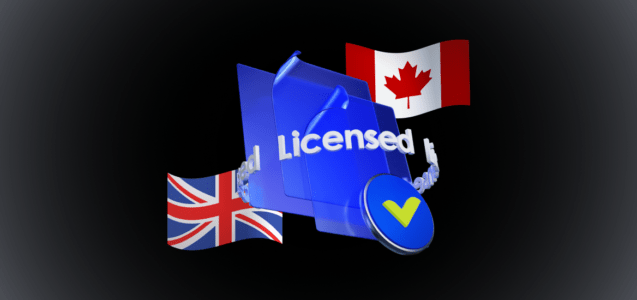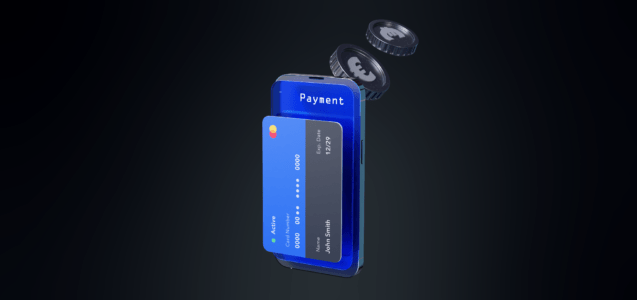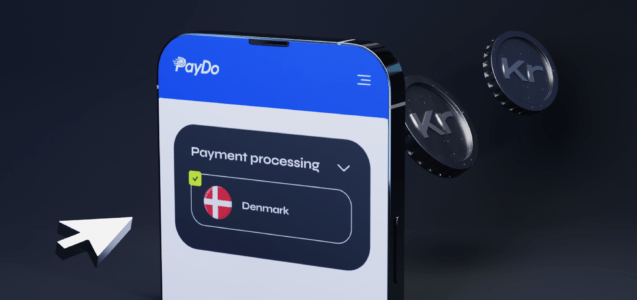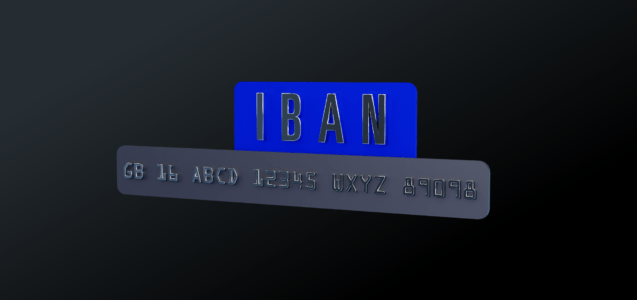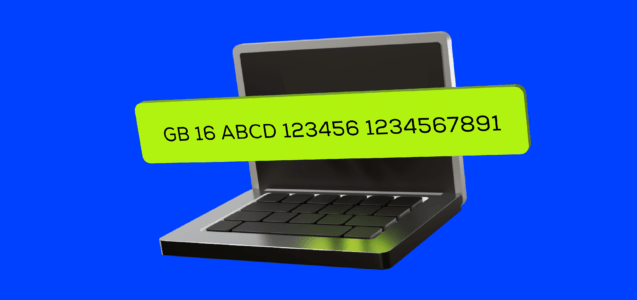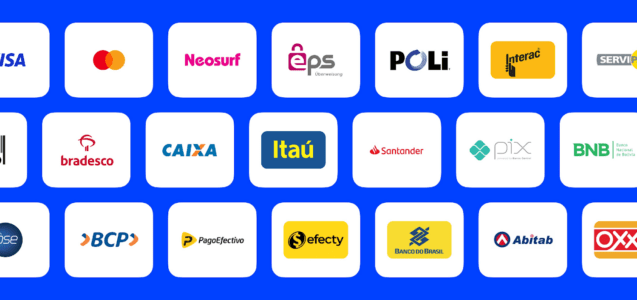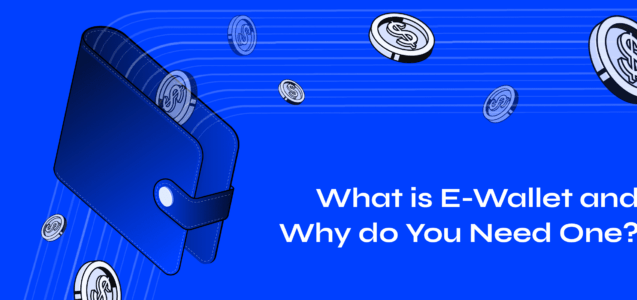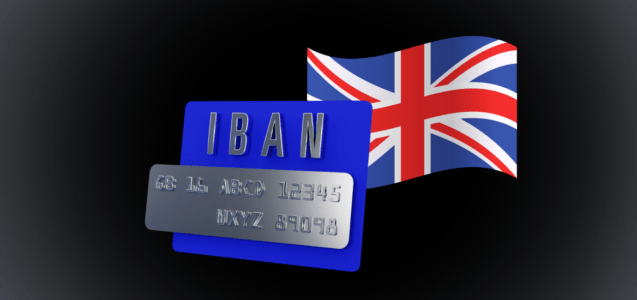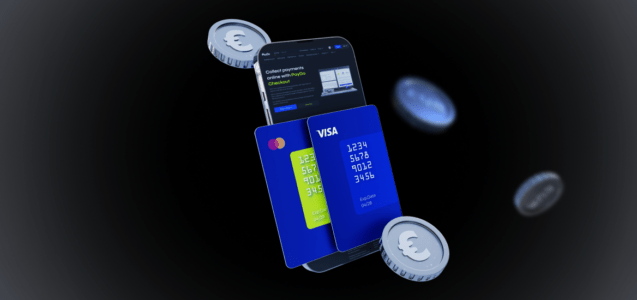You may have heard of these terms and wonder the exact meaning of Cross-border or SEPA, and the essence put in simple words. Yet, often, there are many more such abbreviations you can see when engaging with financial transactions. In short, these are different payment systems or schemes with different areas of responsibility.
Understanding the differences and functionalities of various payment systems, including SEPA, SEPA Instant, Cross-border, Fedwire, and Target2 is crucial for any businesses out there. These payment systems have unique characteristics that can significantly impact your financial operations. Examining these payment systems allows you to make well-informed decisions and optimise your payment processes.
So, read on to learn everything you need to know about SEPA, SEPA Instant, Cross-border, Fedwire, and Target2.
What Is SEPA?
SEPA stands for the Single Euro Payments Area. It is aimed at simplifying and harmonising electronic bank transfers denominated in euros.
SEPA was created for:
1. Efficient Transactions
SEPA allows customers to make euro payments via credit transfer and direct debit across the EU and certain non-EU countries. These transactions occur in a fast, safe, and efficient manner, similar to national payments.
2. Payments Harmonisation
SEPA harmonises standards across participating countries while eliminating differences between national and cross-border payments. This integration has contributed to the efficiency and competitiveness of the European economy.
3. Enhancing Legal Framework
The legal framework for SEPA includes regulations such as the Cross-border Payments Regulation, the Payment Services Directive (PSD/PSD2), the SEPA migration end-date Regulation, and the Interchange Fee Regulation.
4. Collaboration
SEPA was introduced by European banks and payment experts, backed by help from national governments, the European Commission, the Eurosystem, and other public authorities.
The SEPA region comprises 36 European countries. These include not only the 27 EU member states but also several countries outside the EU and the euro area (see Fig. 1).
Figure 1. The so-called SEPA zone
What Is SEPA Instant?
SEPA Instant is an extension of the SEPA that aims to enhance the speed and immediacy of electronic payments within the eurozone.
Let’s explore the key differences between SEPA Instant and regular SEPA.
1. Payment Processing
SEPA Instant provides real-time payment processing. It ensures that funds are transferred almost instantly. Typically within a few seconds. In contrast, regular SEPA payments may take one business day for credit transfers and up to three business days for direct debits.
2. Availability
Another important difference is availability. Instant SEPA operates 24/7, including weekends and holidays. This allows for immediate payments at any time. Transactions via regular SEPA are subject to banking hours and working days, which can cause delays.
3. Volume
The maximum amount for SEPA Instant transactions is €100,000. This limit ensures that high-value payments can also benefit from real-time processing. There is no specific maximum amount for regular SEPA transactions.
4. SEPA Instant Ideal For
SEPA Instant is ideal for urgent payments, such as person-to-person transfers, bill payments, and emergencies. On the other hand, regular SEPA is suitable for non-urgent payments, recurring bills, and standard business transactions.
Banks and payment service providers must upgrade their systems to support this payment schemes’s real-time processing. That is why not all banks offer SEPA Instant services.
SEPA Instant provides faster and more flexible payment options, making it a valuable addition to the SEPA framework.
What Is Cross-border?
Society for Worldwide Interbank Financial Telecommunication (Cross-border) plays a pivotal role in the global financial landscape. Cross-border serves as a vast messaging network, connecting financial institutions worldwide. Through Cross-border, individuals and businesses can make electronic or card payments, even if the customer or vendor uses a bank other than the payee.
Cross-border is the largest and most streamlined way to make international payments and settlements. It ensures smooth communication across borders.
For example, with PayDo, users can send money in 24 currencies, more than with any other payment scheme out there.
How Cross-border Works?
Each member institution is assigned a unique ID code known as a Bank Identifier Code (BIC) also known as Branch Code in the UK. This code identifies the bank name, country, city, and branch.
For instance, consider the Italian bank UniCredit Banca headquartered in Milan. Its Cross-border code is UNCRITMM:
- First four characters: Institute code (UNCR for UniCredit Banca)
- Next two characters: Country code (IT for Italy)
- Next two characters: Location/city code (MM for Milan)
- Last three characters (optional): Used to assign codes to individual branches.
To illustrate, when a customer wants to send money to a friend in Venice, Italy, the local Bank of America branch sends a payment transfer message to the UniCredit Banca branch over the secure Cross-border network. Upon receiving the Cross-border message, UniCredit Banca clears and credits the money to the Italian friend’s account.
What Is the Cross-border’s Role in Global Transactions?
It’s important to notice that Cross-border is not a financial institution. It does not hold or transfer assets. Instead, the system facilitates secure communication between member institutions.
More than 11,000 global Cross-border member institutions send an average of 44.8 million messages daily through the network.
Cross-border has also been used to impose economic sanctions on countries like Iran, Russia, and Belarus.
Cross-border is a critical infrastructure that enables efficient and secure global financial transactions. It bridges gaps between banks and ensures smooth cross-border commerce. You can learn more about the differences between Cross-border and SEPA use for business in this article.
What is Fedwire?
Fedwire, also known as the Federal Reserve Wire Network, is a crucial component of the U.S. financial infrastructure.
Here are some details about what it does and how it works.
Fedwire is run by the U.S. Federal Reserve Banks, ensuring immediate settlement of final U.S. dollar payments among member institutions. It is commonly utilised by banks, businesses, and government agencies for large, same-day transactions.
Unlike batch processing, Fedwire settles transactions individually and immediately. Once settled, these transactions are final and irrevocable. The system includes an overdraft system that covers participants with existing and approved accounts.
Depository financial institutions (FIs) in the U.S. use Fedwire. Additionally, American branches of certain foreign banks or government groups participate if they maintain an account with a Fed Bank. The Federal Reserve holds accounts for both senders and receivers.
Participating institutions can use Fedwire to:
- Initiate fund transfers online or via phone.
- Settle commercial payments or positions with other institutions.
- Remit tax payments.
- Buy and sell federal funds.
Fedwire Ownership and Operation
The Fedwire system, along with the two other wholesale payment systems managed by the Federal Reserve, has a history spanning over 100 years.
It began transferring funds between parties as early as 1915. In 1918, the central bank established its proprietary system for processing transfers.
Until 1981, the Fedwire system was exclusively available to member banks, and services were free of charge. Now, the 12 Federal Reserve Banks own and operate the Fedwire system.
Fedwire operates from 9 p.m. Eastern Time (ET) on the prior calendar day to 7 p.m. ET on weekdays. The Fed may extend its hours, and the system is closed on federal holidays.
Overall, Fedwire plays a critical role in enabling efficient and secure large-scale financial transactions within the U.S. economy.
What is Target2?
TARGET2, owned and operated by the Eurosystem, is a critical payment system within the European Union (EU).
This payment system serves as the leading European platform for processing large-value payments. Essentially, it ensures that payment orders submitted in euros are processed and settled with central bank money (money held in an account at a central bank).
TARGET2 handles transactions related to the Eurosystem’s monetary policy operations.This includes transactions between central banks and commercial banks.
More than 1,000 banks use TARGET2 to send money in euros. Either on their own behalf or on behalf of their customers. Additionally, considering branches and subsidiaries, over 52,000 banks worldwide and all their customers can be reached via TARGET2.
TARGET2 processes an amount equivalent to the entire euro area GDP approximately every five days, ranking it among the world’s largest payment systems.
TARGET2 has the following key goals:
- It supports the Eurosystem’s monetary policy and the euro money market.
- By facilitating smooth cross-border payments, TARGET2 reduces the risk of a single entity causing a market collapse.
- TARGET2 ensures safe and efficient payment flow across Europe, enhancing the stability of the euro.
Additionally, TARGET2 provides features for effective liquidity management, such as payment priorities, timed transactions, liquidity reservation facilities, limits, liquidity pooling, and optimisation procedures.
This payment system is open for payment processing every business day from 07:00 to 18:00 CET and closed on specific holidays.
Summing up, TARGET2 plays a crucial role in enabling safe, efficient, and real-time euro payments across Europe, contributing to the stability of the euro currency.
Comparing SEPA, SEPA Instant, Cross-border, Fedwire, and Target2
The comparison focuses on SEPA, SEPA Instant, Cross-border, Fedwire, and Target2, taking into account their features, speeds, costs, and reach.
| Criteria | SEPA | SEPA Instant | Cross-border | Fedwire | Target2 |
| Speed of Transactions | 1 business day | Real-time (seconds) | Varies (1 day or more) | Real-time (seconds) | Real-time (seconds) |
| Cost of Transactions | Low | Varies (usually higher) | Medium to High | Medium to High | Low to Medium |
| Geographical Reach | Eurozone countries | Eurozone countries | Global | United States | Eurozone countries |
| Currency Coverage | Euro (EUR) | Euro (EUR) | Multi-currency | U.S. Dollar (USD) | Euro (EUR) |
| Transaction Size | Typically for retail | Typically for retail | Varied | Large transactions | Varied |
| Settlement Finality | Final | Final | Irrevocable | Final | Final |
| Regulatory Framework | Eurozone regulations | Eurozone regulations | Global | U.S. regulations | Eurozone regulations |
| Common Use Cases | Retail payments, direct debits, credits | Retail payments, person-to-person transfers | Cross-border payments, financial messaging | Large-value, time-sensitive transactions | Large-value payments, interbank transfers |
| Operated by | European banking institutions | European banking institutions | Cooperative of member banks | Federal Reserve | Eurosystem (central banks of Eurozone countries) |
Depending on the specific needs of businesses or individuals, selecting the most suitable payment system involves considering these factors to ensure efficient and cost-effective financial transactions.
PayDo works with SEPA, SEPA instant, Cross-border, Fedwire, and Target2
If you are looking for a reliable EMI offering multiple payment schemes for your business, PayDo is the right place to be.
With PayDo Business Account, you can benefit from our comprehensive range of payment services. You can transact money globally using 9 different payment schemes, including:
PayDo is also a Cross-border Direct Participant. This participation provides PayDO EMI with a range of benefits that enhance our payment service capabilities. For example, lower transaction fees, enhanced cross-border transactions, increased payment security, and reliability.
Conclusion
Understanding the intricacies of payment systems such as SEPA, SEPA Instant, Cross-border, Fedwire, and Target2 is pivotal for businesses and individuals navigating the global financial landscape.
SEPA, with its focus on efficiency and harmonisation, stands as a testament to European economic integration. SEPA Instant, an extension of SEPA, introduces real-time capabilities, offering faster and more flexible payment options.
A crucial function of Cross-border is to facilitate secure and standardised communication for international financial transactions. Fedwire and Target2, both real-time settlement systems, contribute significantly to the efficiency and security of large-value payments in the United States and the Eurozone, respectively.
With PayDo Business Account, businesses can navigate a global financial landscape, overcoming geographical boundaries and ensuring timely and secure transactions.



